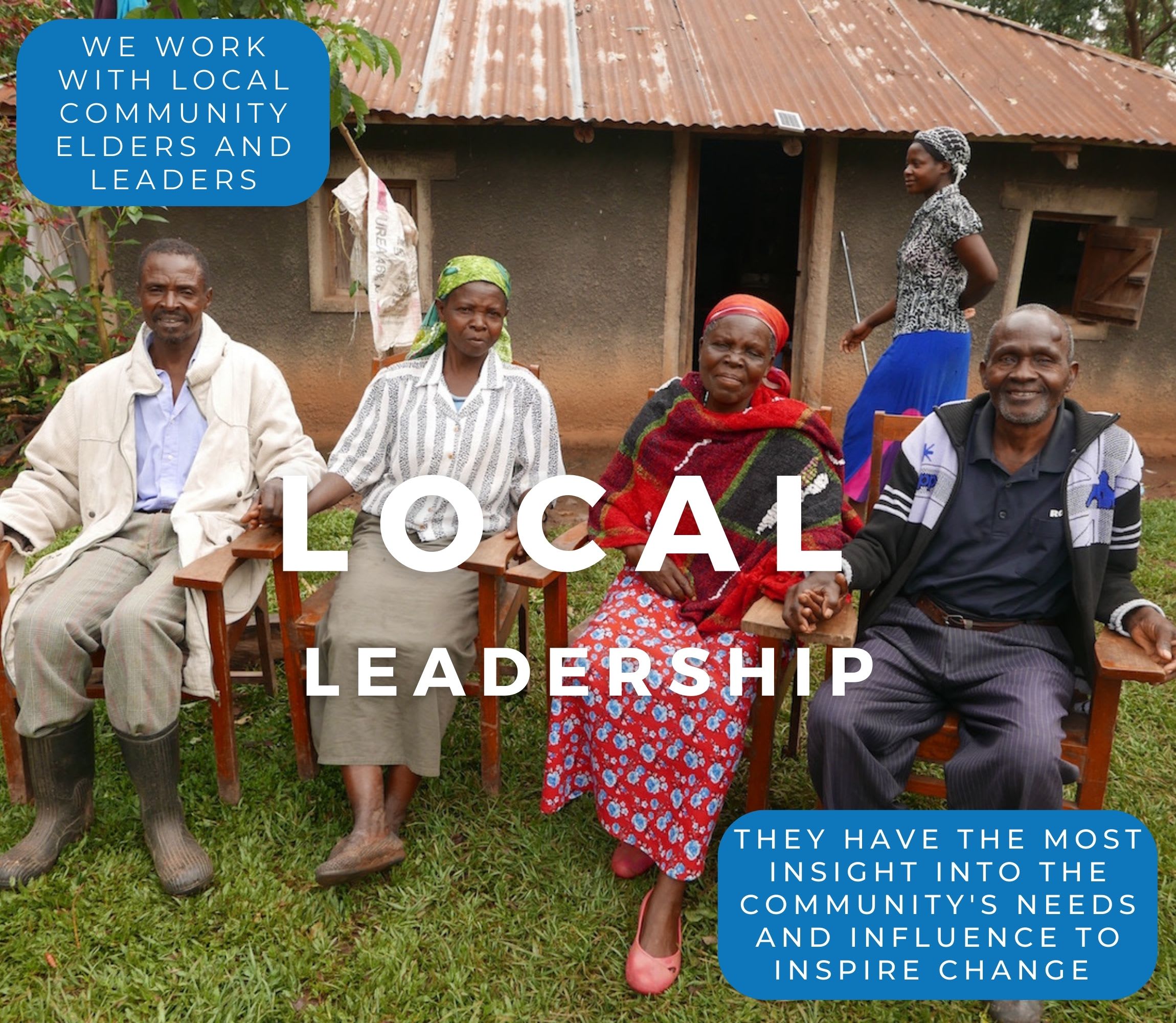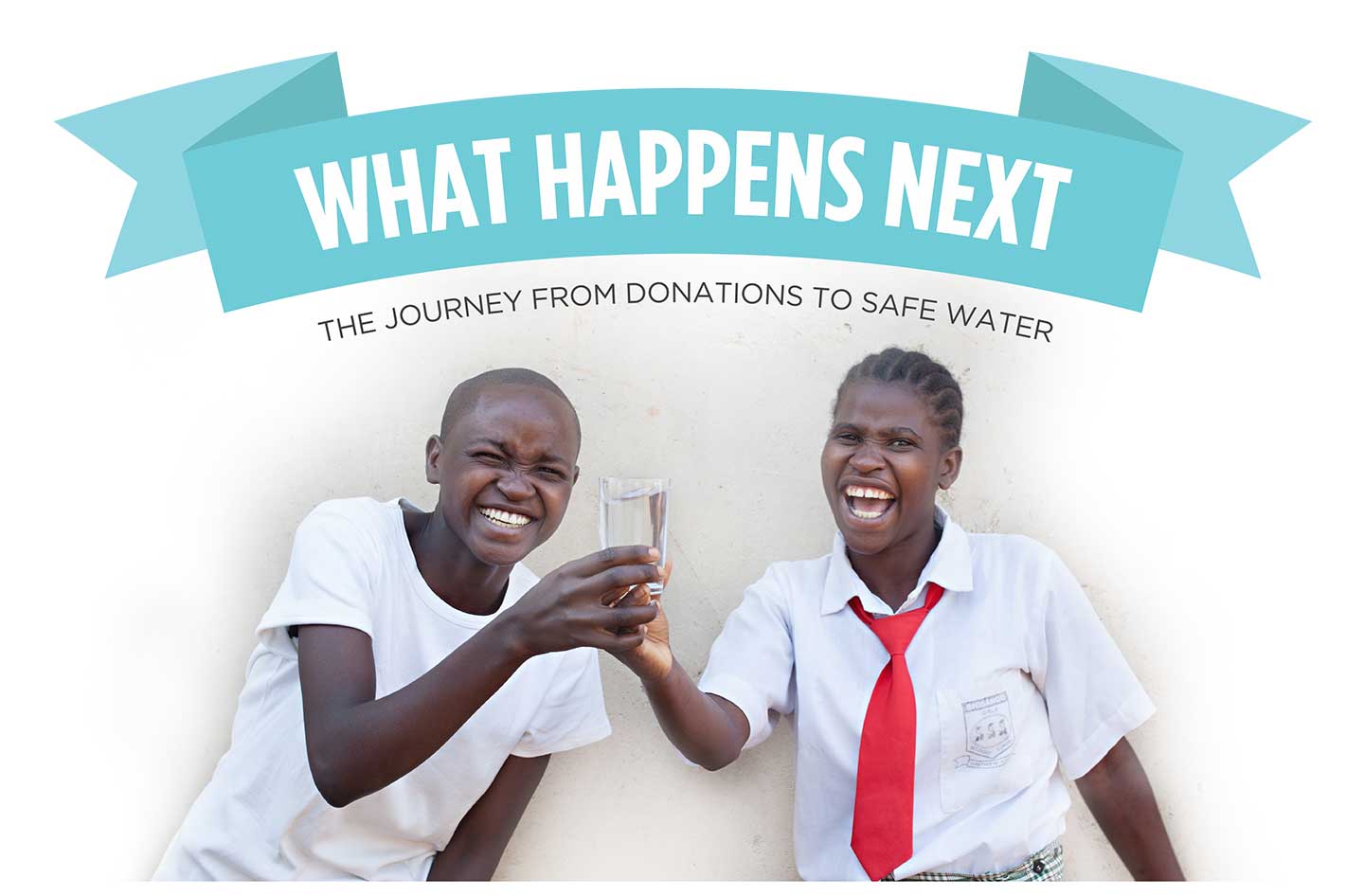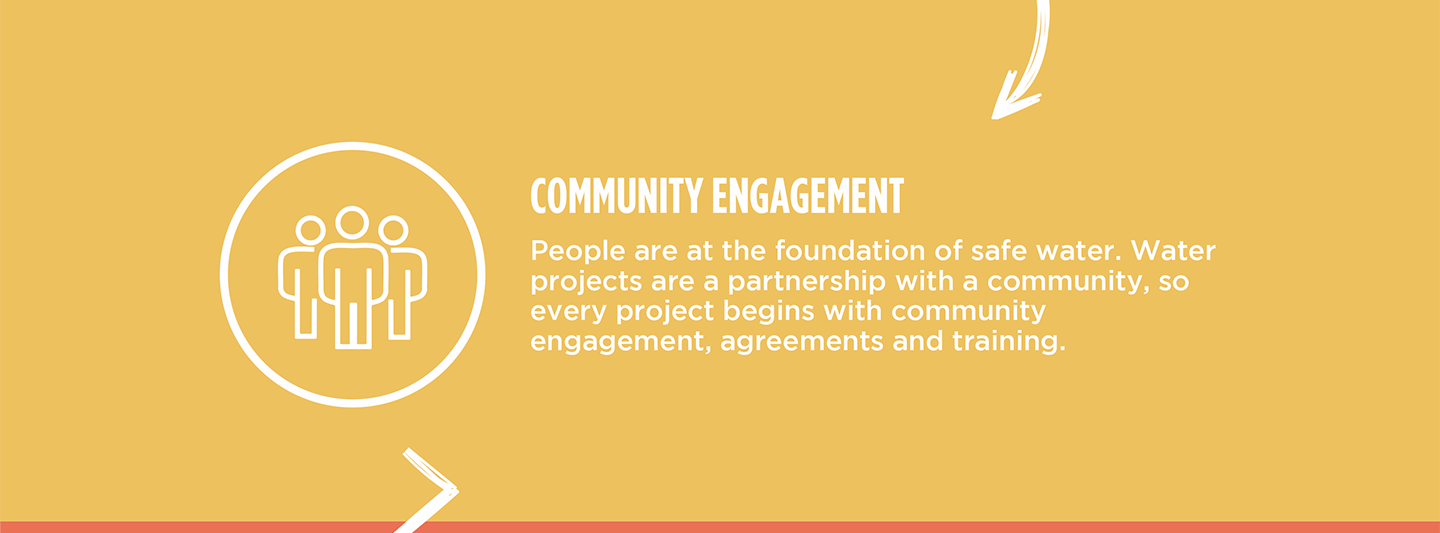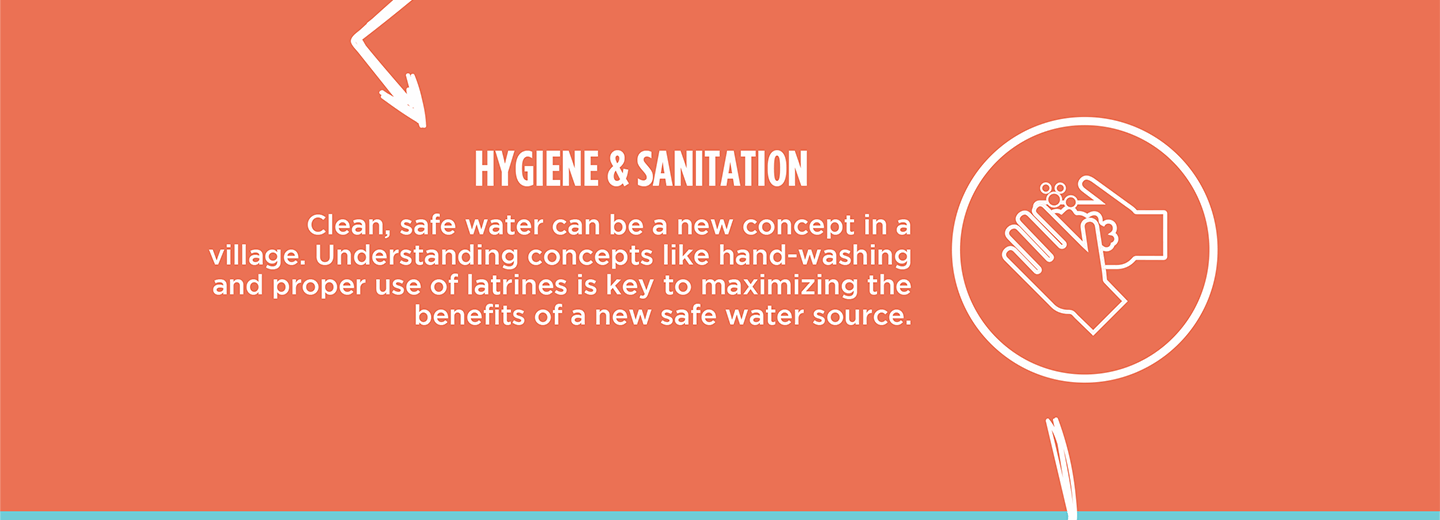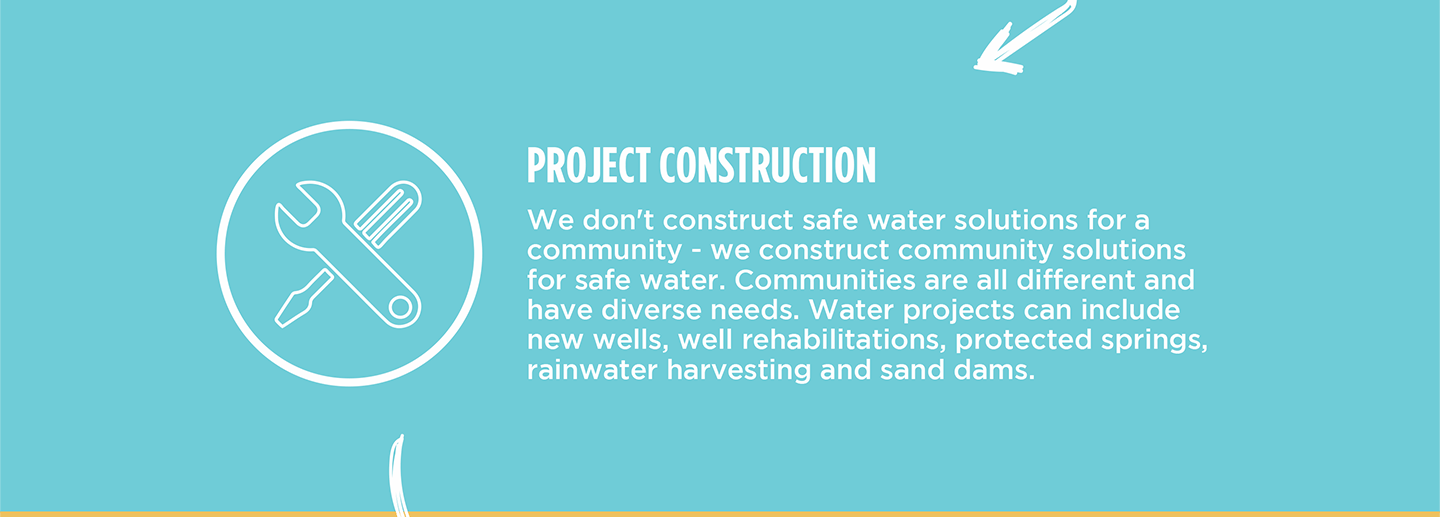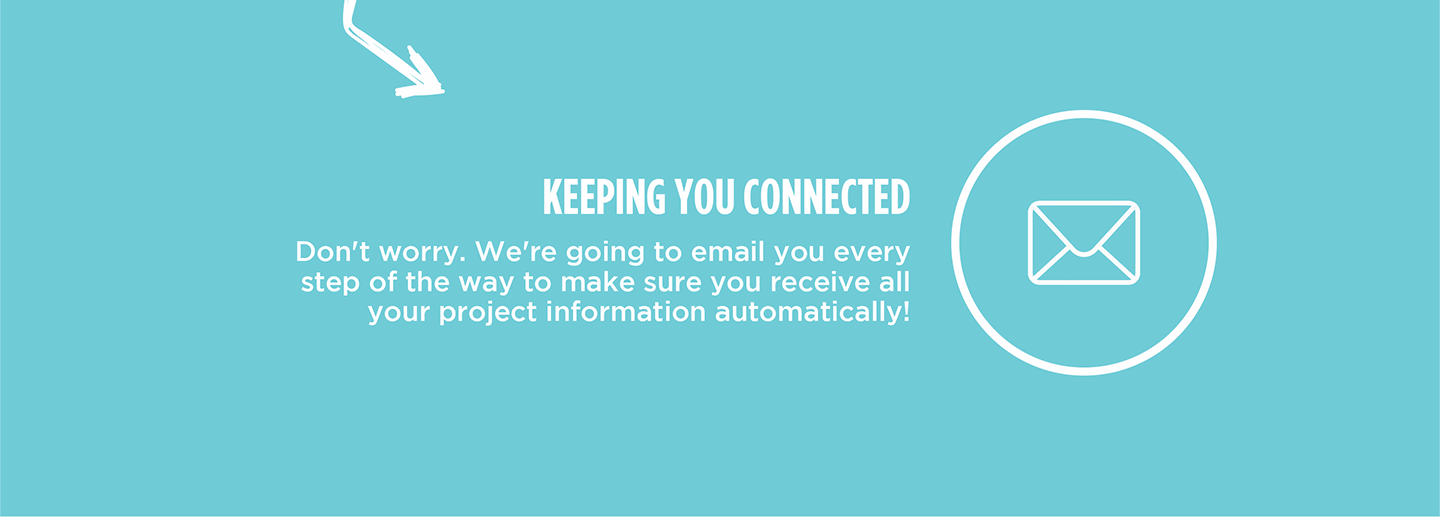The Joyland Special Secondary School has 518 students and 51 staff members. It is a school for children with physical disabilities, so many of the students are in wheelchairs, use crutches, or have other mobility challenges. Safe, accessible water is crucial to the school's operation and the well-being of the students, but they struggle without sufficient water to even meet their daily needs.

Class in session.
Their rainwater harvesting tank we installed in 2018 just hasn't been sufficient. Part of our ethos is ensuring sustainable water. After further evaluation, we knew it was time to return to the Joyland Special Secondary School to solve their water crisis once and for all.

Their only other option currently is to pay for water to be brought in, which steals funds away from the school's other critical needs.
Field Officer Daniel Mwanzia said, "Since this is a full-time boarding school. A lot of water is required to meet its daily needs. A borehole will go a long way in solving the perennial water shortage and also save funds that can be channeled to other development activities."
16-year-old Evans is a student at the school who has mobility challenges. He said, "Pressure is too low because the water level in the rainwater tank has dropped. Our waterpoints are overused due to the school's population, which leads to wastage of time. It's an unpleasant situation, but for the time being, I just have to bear with it."

Evans.
"There are only two collection points, and this means we have to queue to get water. Most of the time, the pressure is too low, and that makes it even harder for everyone," he continued.
Evans faces his own challenges, without including his school's water crisis but because the school has such little water available, most of his time is spent trying to collect enough water to meet his needs.

Children waiting in line for water.
"A lot of time is wasted at the waterpoint. I would perform better in exams if I didn't spend too much time collecting water," he shared.
When water is scarce, tensions can run high and cause quarreling. However, at the Joyland Special Secondary School, they have found a different way to handle their frustrations.

"Due to my mobility challenges, other students with less physical challenges actually assist me to collect water. Luckily, due to the nature of our different special needs, students here have learned to respect and accommodate one another," Evans said.

The students need an accessible, abundant water solution to thrive! Installing a borehole well on campus will give Evans and the other students reliable water. This will limit the time he must spend collecting water, so Evans will have the time to pursue his goals.

Evans washing laundry.
"I would like to be an accountant when I complete my educational journey. For this dream to become a reality, I need more time for studies," Evans concluded.
Steps Toward a Solution
Our technical experts worked with the local community to identify the most effective solution to their water crisis. They decided to drill a borehole well, construct a platform for the well, and attach a hand pump.
Well
Abundant water often lies just beneath our feet. Aquifers—natural underground rivers—flow through layers of sediment and rock, offering a constant supply of safe water. A borehole well is drilled deep into the earth to access this naturally filtered and protected water. We penetrate meters, sometimes even hundreds of meters, of soil, silt, rock, and more to reach the water underground. Once found, we construct a platform for the well and attach a hand pump. The community gains a safe, enclosed water source capable of providing approximately five gallons of water per minute. Learn more here!
Handwashing Stations
Alongside each water source, we install two gravity-fed handwashing stations, enabling everyone at the school to wash their hands. Handwashing is crucial for preventing water-related illnesses within the school and community. Student “health clubs” maintain the stations, fill them with water, and supply them with soap, which we often teach them how to make.
Latrines
We will construct two Ventilated Improved Pit (VIP) latrine blocks designed to prevent fecal disease transmission. Each latrine features a cement floor, making it easy to use and clean regularly. Three stalls will serve the girls, and three will serve the boys.
School Education & Ownership
Hygiene and sanitation training are integral to our water projects. Training is tailored to each school's specific needs and includes key topics such as proper water handling, improved hygiene practices, disease transmission prevention, and care of the new water point.
To ensure a lasting impact, we support forming a student health club composed of elected student representatives and a teacher. These clubs promote hygiene practices schoolwide and keep handwashing stations well-stocked. This student-led model encourages a sense of ownership and responsibility.
Safe water and improved hygiene habits foster a healthier future for everyone in the school and the surrounding community.
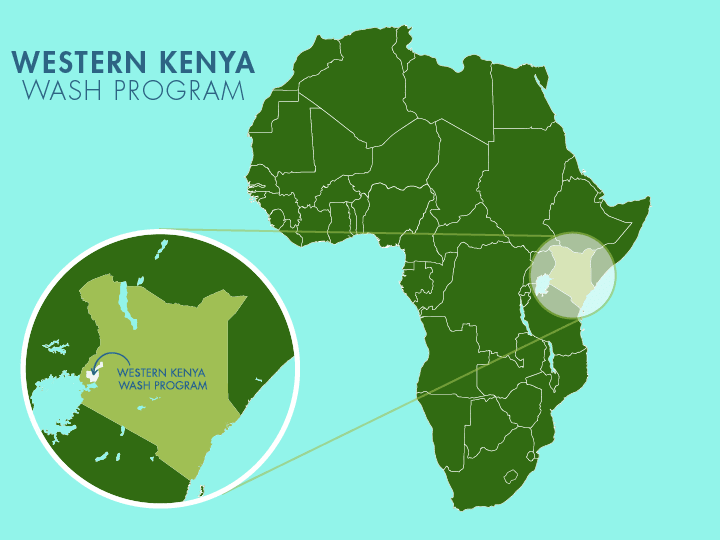
 Borehole Well and Hand Pump
Borehole Well and Hand Pump
 Rehabilitation Project
Rehabilitation Project

